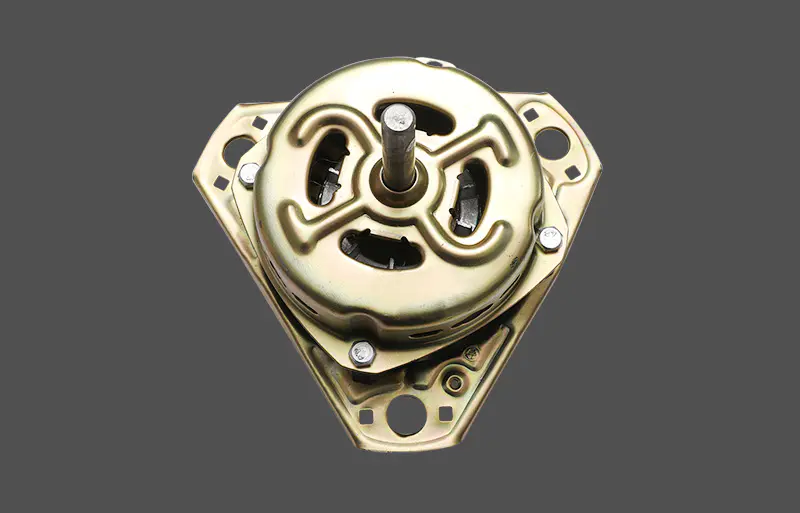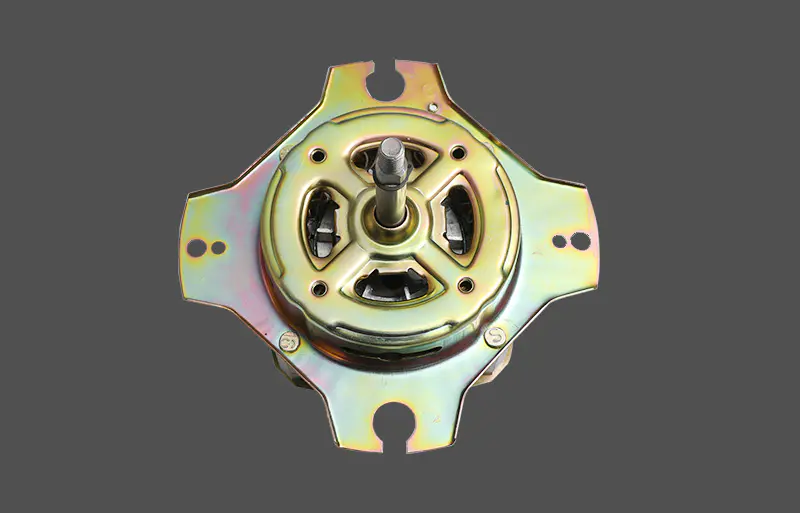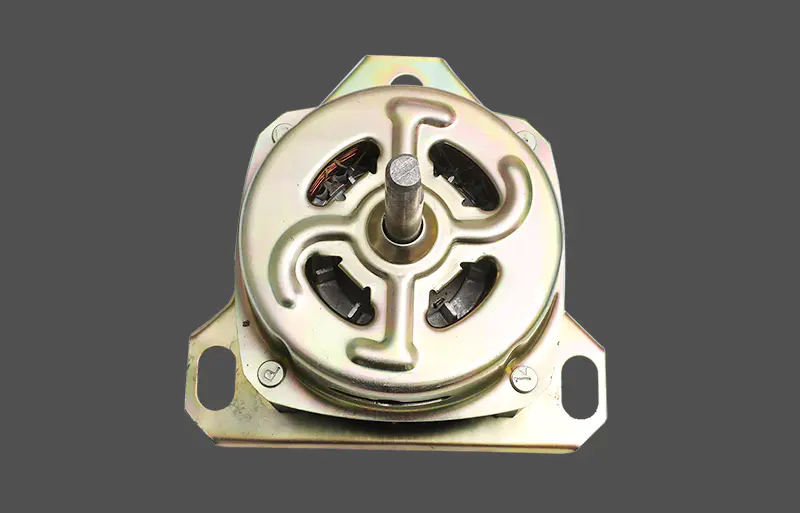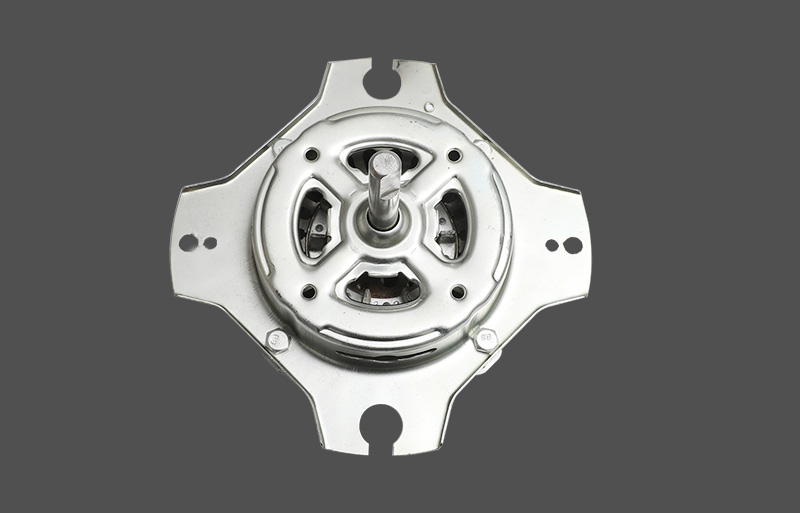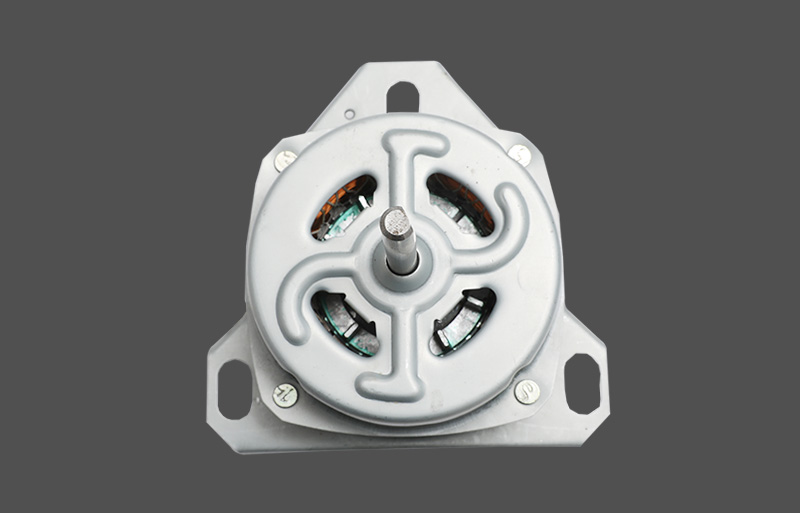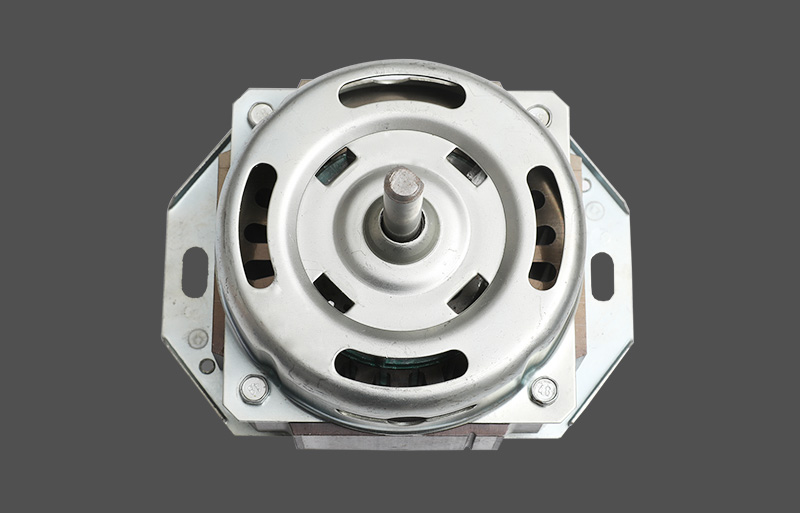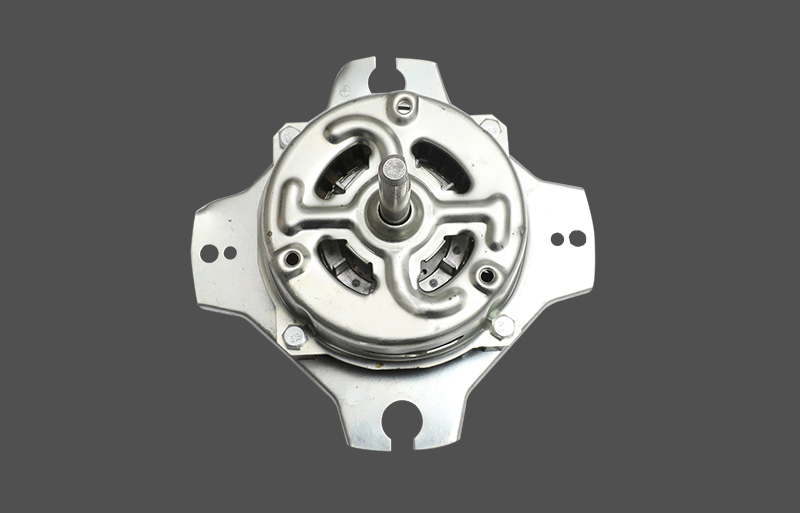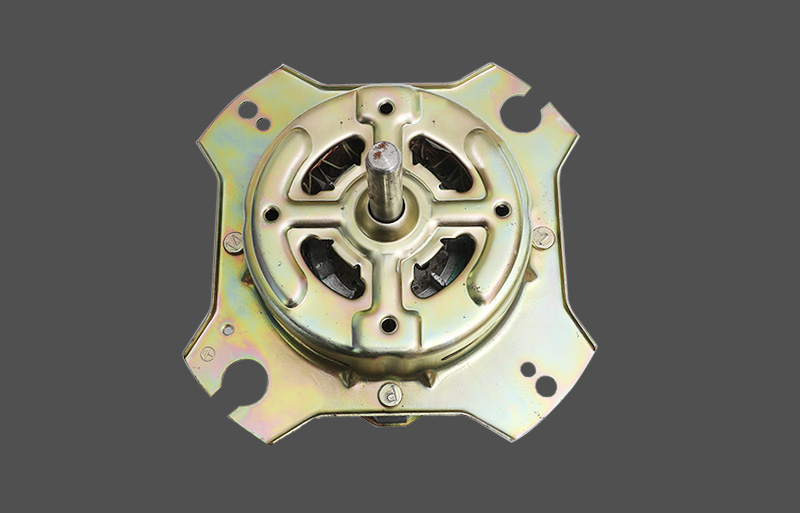The rotation direction of the air conditioner fan motor is a critical parameter for ensuring the desired airflow pattern in the heating, ventilation, and air conditioning (HVAC) system, whether it's the condenser or blower. Incorrect rotation direction can not only lead to a sharp drop in cooling or heating performance, but can also cause abnormal system pressure, reduced efficiency, and even overload and damage the air conditioner fan motor or compressor.
Determining the Correct Rotation Direction: System Specifications and Airflow Requirements
Before performing any inspection or adjustment, it's important to first determine the correct rotation direction of the air conditioner fan motor for your specific application.
1. Airflow Pattern Requirements:
Condenser Fan: Most condenser fans are designed to draw air from the coil and blow it upward (upward discharge). Their fan blades are typically upward-draft. The correct rotation direction is typically counterclockwise (CCW) when viewed from the motor shaft. However, some models may require clockwise rotation (CW), so strictly refer to the equipment nameplate or maintenance manual.
Indoor Blower Fan: The blower motor drives the blower wheel via a belt or direct drive. Airflow must be efficiently pushed into or pulled out of the ductwork. The direction of rotation is determined by the geometry of the blower blades; incorrect rotation can result in a sharp drop in airflow (CFM).
2. Nameplate vs. Manual Verification:
Professional practice is to always refer to the technical documentation provided by the motor or equipment manufacturer. The motor nameplate typically displays symbols such as "CWSE" (clockwise, viewed from the shaft end) or "CCWLE" (counterclockwise, viewed from the lead end), which are the gold standard for adjustment.
Checking the Rotation Direction of an Air Conditioner Fan Motor
With power safely disconnected, confirm the current rotation direction using the following steps:
1. Safe Power Off and Preparation:
Before conducting any electrical inspections, disconnect the power supply at both the main circuit breaker and the equipment disconnect switch, and perform a discharge (especially on capacitors).
Use an insulated tool to gently move the fan blades manually to feel for resistance and ensure that the bearings are not binding.
2. Brief Power-On Observation Method (Professional Quick Diagnosis):
After disconnecting the power supply, use an insulated tool or a temporary fixture to mark a point on the fan blade.
Restore power (this should only take a few seconds), start the air conditioning system, allow the air conditioner fan motor to operate, and immediately observe the direction of movement at the marked point on the blade.
Immediately disconnect the power supply. This method is for verification purposes only and should not be used for extended periods.
3. Measurement and Airflow Verification:
If the operating noise or current draw of the air conditioner fan motor is normal, but system performance is poor, verify the airflow direction.
For condenser fans, place your hand above the protective grille to feel if the airflow is strongly expelled upward. If it's drawn downward, the direction is incorrect.
Commutation Adjustment Methods for Different Air Conditioner Fan Motor Types
The commutation method for an air conditioner fan motor depends on its type:
1. PSC (Permanent Split Capacitor) or Single-Phase Motor:
PSC motors are the most common type. Their direction of rotation is determined by the electrical connection between the start winding and the run winding.
Adjustment Principle: Reversing the direction of rotation is achieved by swapping the start winding leads connected to the capacitor and the run terminal.
Professional Wiring Steps:
Step 1: Identify the leads. Identify the three power leads: Common (usually black), Run (usually black or white), and Start (usually red or yellow).
Step 2: Identify the run and start windings. The run winding is typically connected to the high-voltage power line, while the start winding is connected to the other end of the high-voltage power line via a capacitor.
Step 3: Physical Commutation. To reverse the direction, swap the non-common lead of the start capacitor with the power connection point of the run winding.
Note: Ensure that the capacitor connections for the start and run windings remain correct and that the common terminal remains unchanged after the swap. Incorrect wiring can cause a motor short circuit or capacitor burnout.
2. ECM (Electronically Commutated Motor) or Variable Frequency Motor:
An ECM motor is a high-efficiency brushless DC motor whose rotation direction is controlled by an integrated electronic control module.
Adjustment Principle: ECM motors cannot typically change direction by swapping power leads because commutation is performed by logic circuitry on the control board.
Professional Adjustment Methods:
Method 1: Jumpers or DIP Switches. Many ECM motors and their associated control boards have jumpers or DIP switches. A technician needs to refer to the motor control board manual to select CW or CCW by changing the switch settings or inserting or removing jumpers.
Method 2: Programming. Advanced programmable ECM motors, especially those used in variable air volume systems, require specialized programming tools or software interfaces to adjust their logic control parameters, including rotation direction and air velocity profile.
Performance Verification After Adjustment
After completing the commutation adjustment of the air conditioner fan motor, rigorous performance verification must be performed.
Airflow Test: Use an anemometer or a specialized airflow hood to measure the actual airflow (CFM) to ensure it meets the system design value.
Current Check: Use a clamp meter to measure the operating current of the air conditioner fan motor. It should match the rated amperage on the nameplate. If the current is too high, it may indicate incomplete commutation, excessive load, or abnormal system pressure.
Vibration Monitoring: Check the air conditioner fan motor and fan blades for abnormal vibration and ensure that the bearings and blades are not damaged.




